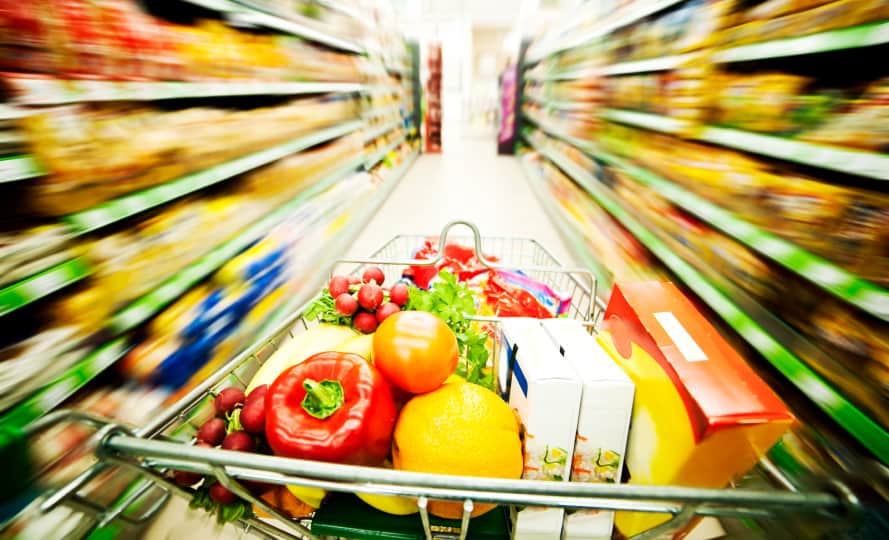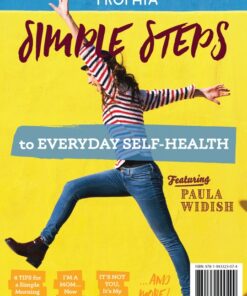Have you ever found yourself in the grocery store thinking something along the lines of, “Ugh, what types of oil did that article I just read say to avoid?”
Okay, maybe it wasn’t what kind of oil to buy or not to buy, but surely you’ve experienced something similar. You read a great article from a reliable source, and despite telling yourself you’ll remember the details until the end of time, here you are—it’s five days later, you’re doing your shopping, and your mind is a blank. Curses!
When I first began to pay more attention to the foods I bought and the choices I made, it was a bit overwhelming. So many things to keep in mind—and the abundance of choices at the market didn’t make it any easier for me. I needed to bring some tools along to help me make wise and informed decisions. Here are some of my favorites.
#1. The EPA’s “Dirty Dozen and Clean Fifteen.”
I didn’t make the shift to buying more organic produce all at once. It seemed like the hit to our food budget was just too big to justify making it happen immediately. So I went to the EPA website for tips on where to spend our organic produce dollars. I copied their list of the “Dirty Dozen”—twelve produce items containing the most pesticide residues. I made a similar copy of the “Clean Fifteen” fruits and vegetables least likely to be contaminated with pesticides. The result was my own little cheat sheet. I simply made two columns, one list for the dirty and one for the clean, and made it small enough to fold in half and keep in my wallet.
#2. A cheat sheet to remind me what those PLU stickers say about the produce.
So many different numbers on those stickers in the produce section! These are called price look-up (PLU) codes, and they can provide valuable information about that produce you’re about to buy. But what does it mean when the code starts with a “4” again? And which number identifies a GMO product? I do believe another cheat sheet for my wallet was in order.
- If the code is 5 digits long and starts with a 9, the produce is organically grown. Buy as often as you can.
- If the code is 5 digits long and starts with an 8, it’s a GMO product. Never buy. Period.
- If the code is 4 digits long and starts with either a 4 or a 3, the produce is conventionally grown. Look at the “Dirty Dozen and Clean Fifteen” cheat sheet.
#3. Weston A. Price Foundation Shopping Guide
This handy guide will give you the utmost confidence in the products you choose as you move through the grocery store. It breaks various products and brands into three categories—“best,” “good,” and “avoid.” And it’s the perfect size to keep right in your bag and have at the ready.
#4: A small notebook of things to remember.
Again, there’s so much to remember when you first start changing the way you shop that it’s near impossible to keep it all straight in your brain. I’m of the philosophy that we should always try to make things as easy as possible for ourselves. One way I can do that is to write myself simple notes to keep in mind while browsing in the store. Heck, this notebook even helps when I’m shopping online. It’s a go-to reference point, so to speak. Though it’s not quite as specific as the shopping guide I mention in #3, I can check my notebook for certain ingredients in a product I’m considering . I also use my notebook to keep track of personal care products and any warnings about household cleaners. Stephanie Selene Anderson’s Put Your Money Where Your Mouth Is! Guide to Healthy Food Shopping is full of nutritional nuggets of wisdom that have made it into my notebook.
Several people who’ve seen me using the cheat sheets described in #1 and #2 have requested copies of their own, and I’ve happily obliged. Even if it’s a random stranger in the store, I’ll just hand them over knowing I can print off another copy when I get home. Of course, the longer I shop with them the less often I have to refer to them—but I still keep them handy just in case of an unexpected lapse of memory.
Do you have any favorite tools that help you keep track of the “good stuff” while you’re shopping?
Photo from iStock/gpointstudio



